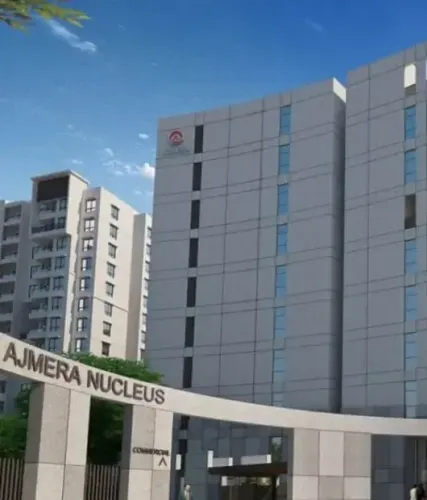Will Another RBI Rate Cut Ignite Affordable Real Estate Growth?

Synopsis
Key Takeaways
- RBI's potential rate cut is crucial for affordable housing.
- Improved liquidity conditions will enhance policy transmission.
- Lower borrowing costs can stimulate consumer demand.
- Commercial banks need to accelerate rate adjustments.
- Even modest reductions can influence buying decisions in the affordable segment.
New Delhi, June 3 (NationPress) As the Reserve Bank of India (RBI) gears up for its monetary policy committee (MPC) meeting this week, industry analysts highlighted on Tuesday that the effective transmission of rate cuts into reduced borrowing costs is crucial for maintaining demand in the residential real estate market, especially within the affordable housing sector, which reacts sensitively to interest rate fluctuations.
Considering the current moderate inflation climate and a projected GDP growth of 6.5 percent for FY2025, it is anticipated that the Reserve Bank will implement a 25-bps repo rate reduction this Friday (June 6).
"The rationale for a rate decrease is bolstered by the resurgence of liquidity conditions, now at a surplus of Rs 3.6 lakh crore, enhancing the effectiveness of policy transmission. Furthermore, the decrease in G-sec yields signifies bond market confidence in the RBI's management of inflation and liquidity, thereby reinforcing the argument for lowering rates," stated Shishir Baijal, Chairman and Managing Director of Knight Frank India.
Should the rate cut occur, the total reduction in the policy rate during this cycle will reach 75 bps.
However, attention must now pivot to the speed and extent of this transmission.
"While several commercial banks have started to adjust their MCLR and base rates downward, these changes have been relatively minor. With liquidity conditions stabilizing, there’s greater potential for banks to expedite the transfer of policy easing benefits to borrowers. This will be essential for boosting consumer demand and private investment, ultimately fostering economic growth," Baijal remarked.
The Central Bank is expected to further cut the repo rate by an additional 50 basis points this fiscal year (FY26), following a 50 bps reduction earlier this April. Current trends indicate that bank lending rates are beginning to decline, which should bolster domestic demand, according to a recent note from Crisil.
Experts argue that as EMIs represent a substantial portion of monthly earnings in the affordable housing category, even a slight decrease in lending rates can significantly influence purchasing decisions, generating essential momentum for this price-sensitive market segment.









